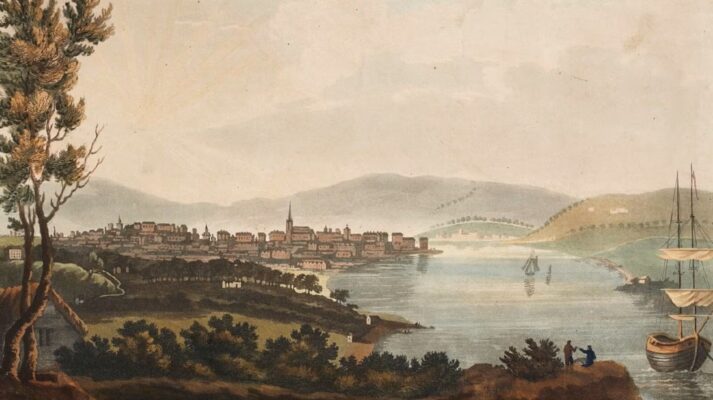
16.09.2025, 18:00 P.M.
Climate and Society in Eighteenth-Century Ireland by Professor James Kelly, MRIA (Dublin City University) with Dr Erika Hanna chairing.
Abstract: Though the severest phase of the Little Ice Age - The Maunder Minimum c.1645-1715 – came to an end in the early eighteenth century, the population of Ireland remained vulnerable to climate and weather extremes. Using climate and weather as its focus, this talk will identify changes to climate and weather during the eighteenth century and the adaptions that were made to the built environment to mitigate its effects.
Speaker: Prof. James Kelly, MRIA lectures on Irish History at Dublin City University, focusing on the period between the seventeenth and mid-nineteenth centuries, on America from the Civil War to the end of the twentieth century, on Irish historiography and on historical methods. He was elected a member of the Royal Irish Academy in 2003, and was a member to the Irish Manuscripts Commission from 1999 to 2020. He has served as editor of the journal, Analecta Hibernica, and joint editor of Studia Hibernica, and Proceedings of the Royal Irish Academy. He has published extensively on a variety of themes on late-early modern Irish History, with particular reference to the eighteenth century.
Chair: Dr Erika Hanna is Associate Professor in Modern History at the University of Bristol. She is author of Modern Dublin: Urban Change and the Irish Past (Oxford, 2013), and Snapshot Stories: Visuality, Photography, and the Social History of Ireland, 1922-2000 (Oxford, 2020). She is currently researching climate adaptations in the Irish built environment, 1800.
Wine will be served during the Q&A. This is a free event.
Image: a painting of Waterford in 1795 by TS Roberts. Photograph courtesy of the National Library of Ireland.